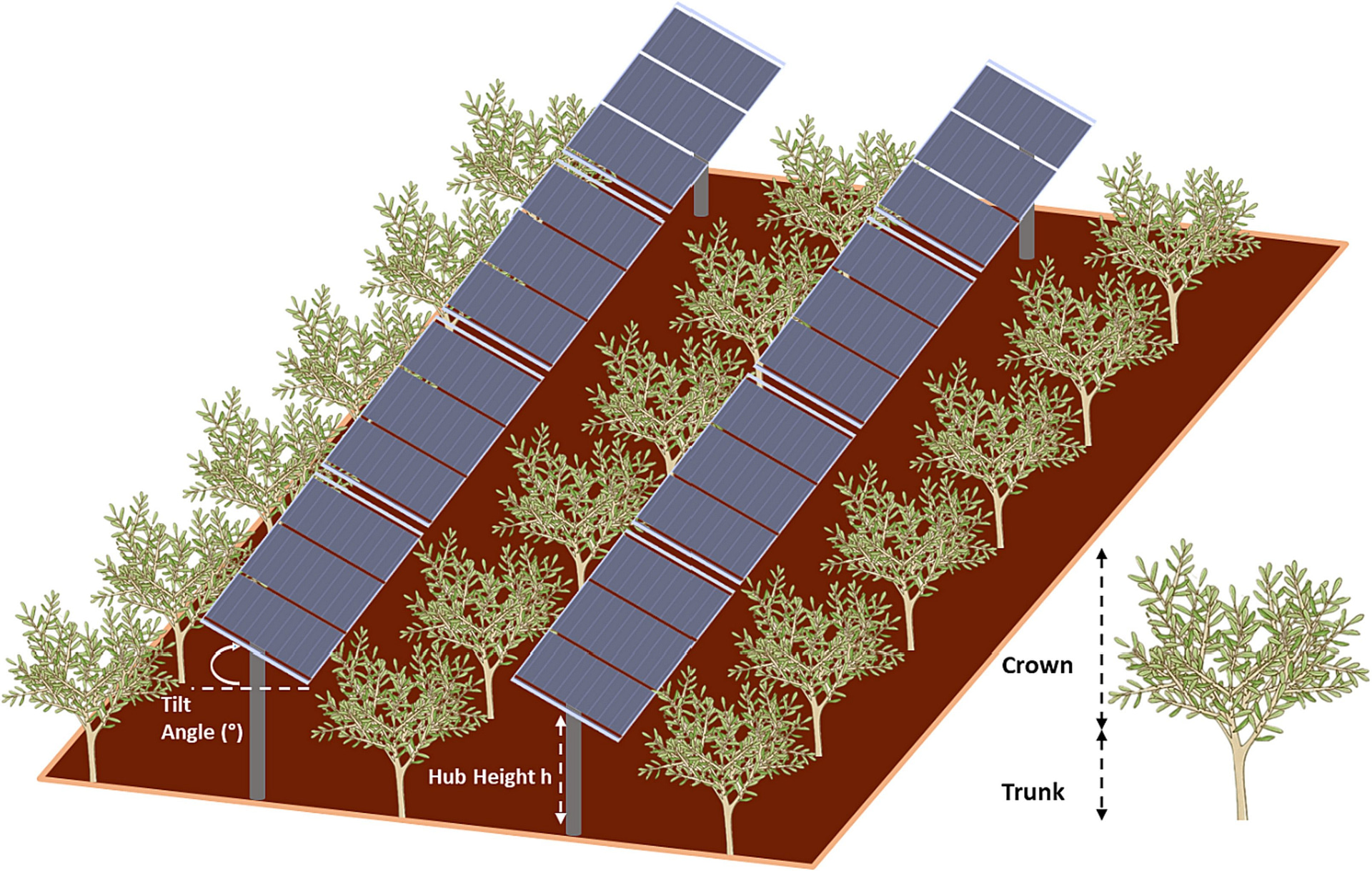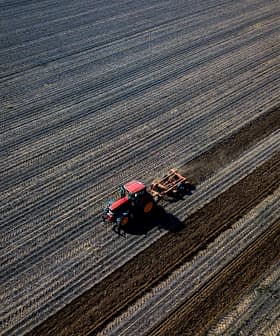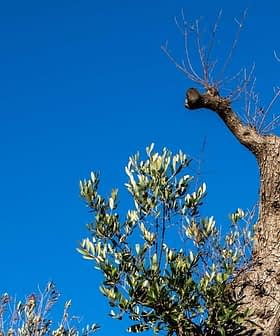Spain has long been synonymous with sunshine and olive groves.
Perhaps unsurprisingly, roughly one-fifth of Spain’s energy requirements, about 25.54 gigawatts, come from solar power. Meanwhile, olive groves comprise one-quarter of the country’s arable land, about 2.8 million hectares.
Land use conflict has long been a point of contention between renewable energy developers and farmers, with solar panels taking up vast amounts of space in rural areas.
See Also:Agricultural Groups Call on Spanish Government to Step Up Climate Change ResponseNow, researchers from the University of Jaén in southern Spain and the Sapienza University of Rome have published a study in Applied Energy modeling the most efficient way to install bifacial solar panels in super-high-density olive groves without harming yield or quality.
The team of agronomists and engineers proposed olive trees as an ideal candidate since they are C3 plants, which require less light to photosynthesize successfully and are, therefore, more shade tolerant.
Despite making up three percent of the world’s olive-growing surface area, the researchers said super-high-density groves’ uniform spacing and height allow for the most efficient installation of solar panels.
The photosynthetic and other genetic characteristics of Picual, Manzanilla and Chemlali olives, along with irradiance and temperature data from a “typical meteorological year” in Jaén, Spain, the world’s largest olive-growing province, were used in the simulation.
The researchers concluded that south-facing solar panels installed between olive tree rows at the appropriate height and the right angle can harness the energy of direct and reflected sunlight while allowing olive trees enough light to photosynthesize.

Due to the need to harvest super-high-density groves mechanically, the researchers concluded that the solar panel installation must be at least three meters tall.
Based on their modeling, the researchers determined that solar panels installed between three and 4.5 meters at an angle between 20 and 40 degrees (depending on the time of year) allowed the solar panels to harness as much energy as possible and only resulted in minor productivity decreases for all three varieties.
Along with optimizing land use to generate electricity and produce olives, the researchers said the solar panels could improve olive grove efficiency by powering irrigation pumps.
They added that the shade created by the angled solar panels has also been shown to retain soil moisture during the summer and insulate trees from heat waves and frost.
The study comes at an optimal moment for interested olive farmers, as solar panel prices reached a record low of $0.11 (€0.10) per watt at the end of March, half of what it cost to purchase solar panels in March 2023.
“These findings can provide guidance for future agrivoltaic projects involving olive trees and contribute to the development of sustainable and efficient dual land use in agrivoltaic setups,” the researchers wrote.
“However, experimental validation would be beneficial to verify the models using real crop yield data,” they concluded. “Such validation would not only assess model accuracy but also underscore the potential utility of the study.”








